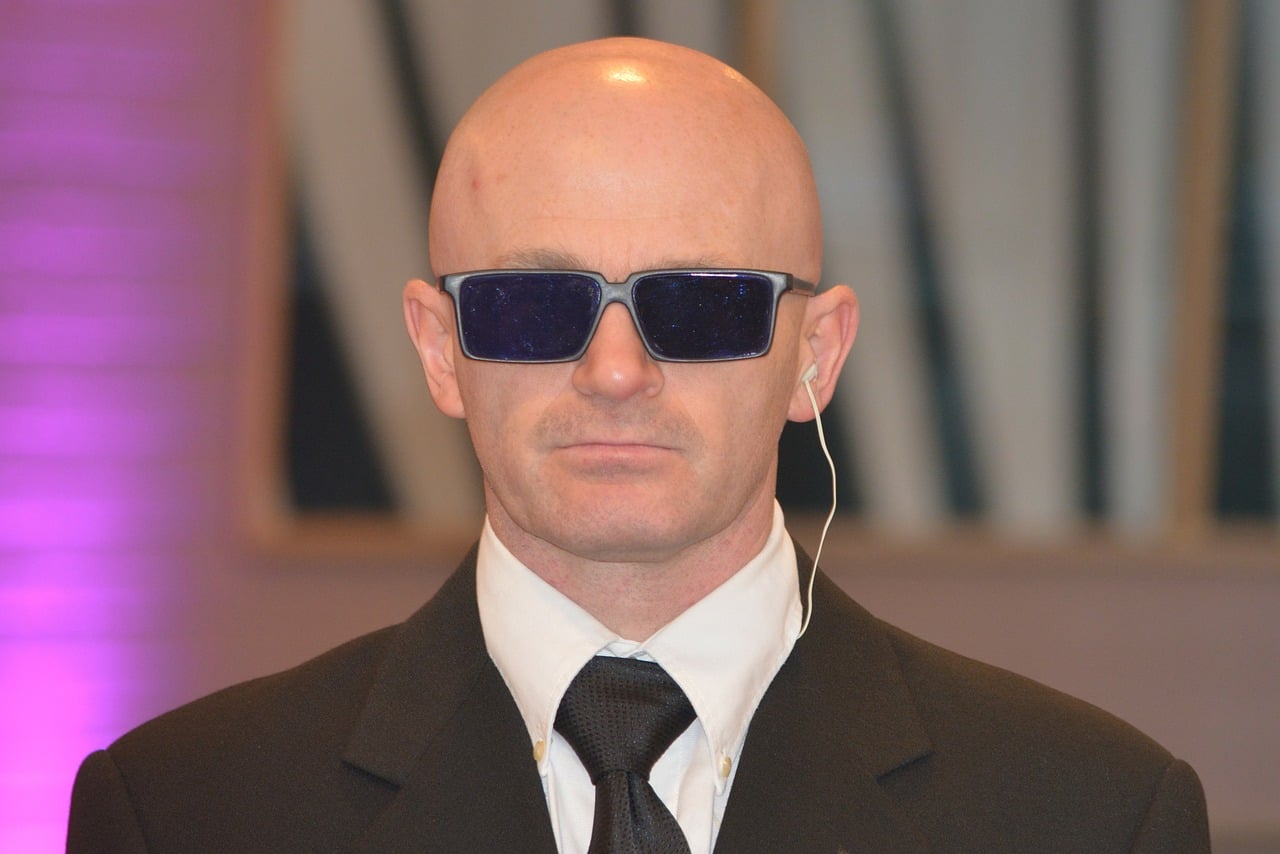The greatest challenge any foreigner can face is having to communicate with people who hardly speak his/her language. Many people result to using hand gestures to communicate or shushing the entire time in the fear of embarrassing themselves. If you must communicate, sometimes you will be forced to hire human translators or find a guide who understands both languages relatively well. That can be expensive especially when you travel on a budget.
There, however, are translation devices that you can use to communicate with when visiting a foreign country. You speak into the device and within a few seconds, it translates your words into the language of whoever you are chatting with. The other person does the same and you receive the message in your language. But these devices take too much time to translate and convey the intended message and sometimes they aren’t too accurate. People often find themselves staring at one another awkwardly between conversations.
Q4 hedge fund letters, conference, scoops etc
Apple's Siri the most famous of the translation devices
Thanks to technological advancement, there is a third and highly effective way of getting around in foreign land: The Apple’s Siri earpiece. You can wear this earpiece in your ear and as you converse with people who don’t understand your language, the earpiece translates their words for you within microseconds. That way, neither of the party stares weirdly at each other waiting for translations. The device is very affordable as it retails at about $200 and with the ability to translate Spanish, English, Chinese, and Japanese, among other languages, this device is a must-have for any global traveler. What’s more, you don’t need any internet connections for you to use this device.
Waverly Labs' Pilot
In 2016, Waverly Labs- a tech startup based in New York- launched its wearable translation devices that you can wear in your ear when conversing with someone from a different lingual extraction. The device uses the Bluetooth technology to capture words from a speaker and then sends them to a translating smartphone and then to the listener’s earpiece. It is a complete communication loop that shatters all language barriers and makes world exploration and business transactions a whole lot easier and effective.
Some of the languages that Waverly pilot could translate at inception were English and German, and pretty much the Western Europe dominant languages. A year later, the company added some of the prominent East Asia languages into the earpiece, including the Chinese, Japanese, and Korean languages. In a nutshell, these earpieces are will serve you like a reputable, reliable translation company.
Comments from Founder and CEO of Waverly Labs, Mr. Andrew Ochoa:
Speaking to Venture a couple of years back, Founder and CEO Andrew Ochoa explained that wearable tech is a major breakthrough in the world of translation particularly because it makes real-time conversations between multilingual individuals possible. He argued that with traditional translation devices such as smartphones, there was always a hitch in that two people had to pass through an intermediary device in order to communicate, which removed the magical spark that people have when conversing.
According to Mr. Ochoa, the wearable tech has more clients that anyone would imagine. First, there are many sportsmen and women who play in different cultures and with different language speakers all over the world. This technology will make sports better and more relatable to the players. Second, people are marrying into international families; even if you and your partner understand each other well, your parents from either side may not be as lucky. Wearable tech will make family gatherings more lively and successful.
Thirdly, businesspeople from all over the world, as well as travellers, will be able to break into cultures that they previously struggled to access due to the language barrier. Another surprising beneficiary of this new technology are nonprofits who, according to Mr. Ochoa, struggle to communicate with charity financiers and the affected people, e.g. the refugees.
According to statistics filed by the U.N. World Tourism Organization, there is a possibility that global trips will be in the surplus of 1.6 billion by next year. That will necessitate more translations if these trips are to be fruitful and with positive interactions. In Ochoa’s view, the wearable translation tech couldn’t have come at a better time. How the world receives these devices will determine its success. The technology has a lot of potential which will only be realized through reinventions and intense marketing.






